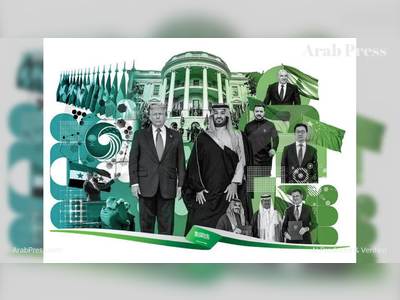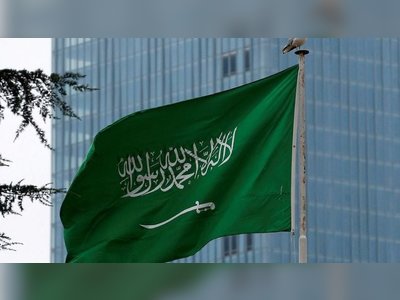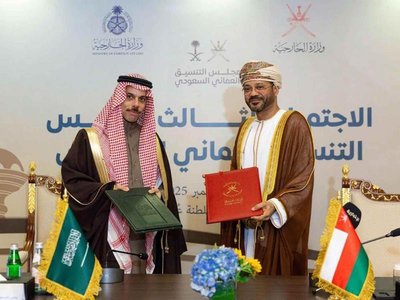
China shouldn’t risk West’s large monetary easing of last decade to combat economic slowdown, central bank warns
The economic problems created by the aggressive monetary policy easing undertaken by Western central banks in response to the global financial crisis a decade ago are a clear warning to China not to go down the same path to combat its current economic slowdown, according to an official from the central bank.
China, instead, should use the institutional advantages unique to China to address the country’s economic problems, Zhang Xuechun, deputy director of the People’s Bank of China’s research bureau, said on Friday.
The central bank is under continuous domestic pressure to cut its interest rates further and faster to help stabilise economic growth, which is expected to drop below 6 per cent in the fourth quarter this year and fall further next year.
Coming only days ahead of the Central Economic Work Conference, which will set the government’s economic policy priorities for 2020, the comments send the strong signal that the PBOC believes an expansion of fiscal policy and continued economic restructuring, rather than monetary loosening, should play the leading roles in combating the economic slowdown next year.
“We must learn the lesson from developed countries that relied heavily on quantitative easing,” said Zhang, citing asset bubbles, the widening of the wealth gap and rising international currency and trade competitions as the negative consequences of those policies.
“When we face downward [economic] pressures from shifting to high-quality growth and external uncertainties, monetary policy should not leap forward alone,” Zhang said.
“Instead, it needs coordination with fiscal policy and structural reforms. The purpose is to improve our productivity and solve the distribution of income.”
China should use its “institutional advantages” – such as its ability to plan and execute five-year or even longer-term structural reform plans without electoral pressure – to solve its current economic challenges, Zhang said.
Between 2008 to 2014, the US Federal Reserve cut interest rates aggressively and conducted four rounds of quantitative easing, buying US Treasury bonds and mortgage-backed securities directly from the market to inject large amounts of liquidity into the financial system.
The Bank of Japan also launched two rounds of quantitative monetary easing from 2013, involving significant bond purchases of 80 trillion yen annually (US$730 billion), and introduced negative interest rates in January 2016.
The European Central Bank implemented an asset purchase programme between 2015 and 2018, spending €2.6 trillion (US$2.9 trillion) on government bonds, corporate debt and asset-backed securities. In September 2019, it restarted quantitative easing measures and cut its bank deposit rate to an all-time low of minus 0.5 per cent.
The Bank of England implemented three rounds of quantitative easing from 2009, purchasing £435 billion (US$560 billion) of government bonds in total.
“We should cherish the monetary leeway we have, enhance coordination with fiscal policy and strongly push forward supply-side structural reform,” Zhang told the 2019 China Finance Annual Forum in Beijing.
The US Federal Reserve has cut benchmark interest rates three times this year, with US President Donald Trump calling for more aggressive moves to boost the US economy, even talking about negative interest rates.
“[Quantitative easing] and negative interest rates will have their limit, though we don’t know how far it can go yet. But think about it, if the [US Federal Reserve] cut its benchmark rate when its economy is at a 30-year high and its unemployment rate is at a 30-year low, how can it address a [future] economic recession?” Zhang added.
In contrast, the PBOC has eased its monetary policy only slightly, given concerns about putting downward pressure on the yuan exchange rate and adding to the recent rise in the country’s debt level to an all-time high.
China cut its three key interest rates – the medium-term lending faculty rate, the loan prime rate and the 7-day reserve repo rate – by a mere 5 basis points earlier this month.
The Chinese central bank is expected to continue targeted liquidity injections and continuing to push banks to lend more to smaller private-sector businesses, who account for the majority of the nation’s employment.
The State Council, the country’s cabinet, has continued to rule out a resumption of the all-out stimulus it undertook in response to the global financial crisis in light of the problems that policy created in the China economy.
It has also downplayed the importance of achieving a particular growth target since employment has remained stable.
The world’s second largest economy is expected by many analysts to set a growth target of “around 6 per cent” in 2020, compared with the 6 to 6.5 per cent range for this year.
Given the recent upward revision to the size of China’s economy last year following the completion of the latest economic census, economists believe a growth rate of 5.8 per cent next year will be enough for the government to achieve its overarching goal of creating a “moderately prosperous society” by doubling the size of the economy in the decade to 2020.
“The overall situation is that the global and Chinese economies are going downward. Luckily, China is not the worst and it knows exactly what it should do,” former PBOC adviser Li Yang told Friday’s conference.











